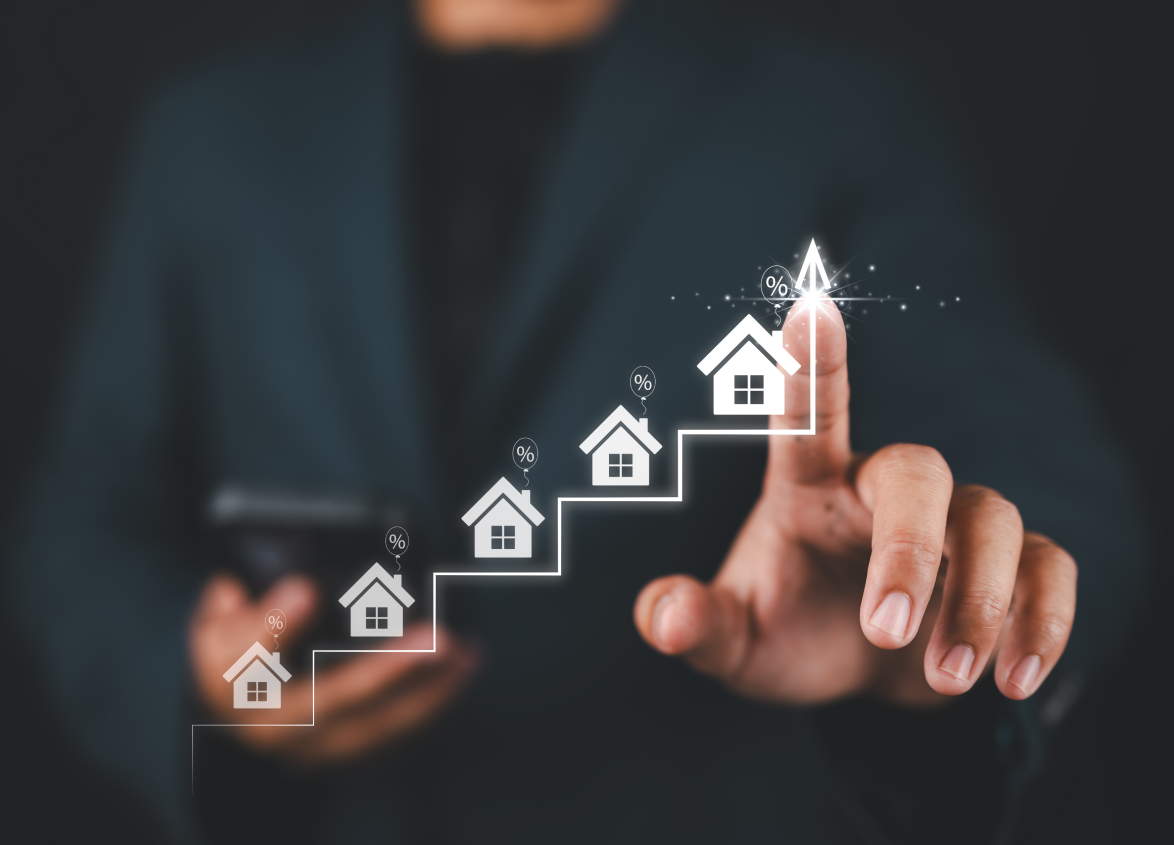
Commercial
A Complete Guide to Optimising Your Workspace for Hybrid Work
November 14, 2024
Introduction to Hybrid Workplaces
The world has drastically changed since COVID-19. It’s wise to adapt to the changing environment, provide work flexibility to your employees and increase their productivity and satisfaction.
The teleworking model has changed how companies function, allowing organisations to perform locally and globally. Employees split their work time between work-from-home and office hours. Such planning allows the employees to work from home or any other location several days a week while in the office as necessary.
So, with people transitioning to hybrid work environments, it is essential to optimise both physical and mental spaces.
In this hybrid workplace guide, we will understand practical guidelines for implementing the hybrid workspace strategy and cover the six elements of a thriving working environment. We will go through a detailed guide to guarantee that the implemented setup will work to the maximum advantage of employers and employees.
Importance of the Hybrid Work Model
A hybrid working model has many advantages for both employees and employers. For instance, it enhances flexibility and productivity. Due to the current outbreak of the COVID-19 pandemic, many organisations have realised the countless benefits of permitting their staff to work from different places with ease, thus boosting productivity.
A good hybrid working environment enables organisations to share office accommodation expenses, enhance family and employee work balance and work faster. Each employee has some degree of schedule control; therefore, work productivity and satisfaction can be boosted.
Hence, firms are adopting policies that facilitate fast-forward operations. This significantly breaks the culture of occupying huge physical office space while offering working-from-home options to employees for part of their working hours.
Key Components of a Successful Hybrid Work Environment
The following components are the foundation of any effective hybrid model:
1. Technology
Technology drives the success of hybrid work as it becomes the core for efficiency and productivity.
You will require certain instrumentation to ensure that staff members remain effective and can conduct business with other people or other teams. These include cloud storage and sharing services, video conferencing and collaborative work tools.
It is particularly important to ensure that everyone has all the necessary hardware and IT support to perform efficient work in the organisation.
2. Communication Tools
The most significant issue in hybrid work is the barriers to communication between employees who work from home and those who work in the office.
For instance, tools such as Slack, Microsoft Teams and Zoom, among others, can be used to close a gap in a team. When the communication standards are strong within an organisation, you can be sure that the normal grout communication is at par regardless of where the people work.
3. Flexible Office Spaces
Hybrid workplaces need adaptable physical spaces.
It is better not to provide permanent desks since many employees work only a few days a week. You can adapt the hot-desk system, which allows them to reserve a table when they attend the office. Offices for conferencing and collaboration should allow employees to work side by side as required within a workstation.
These hybrid workplace tips will ensure that in-office work environments, which are part of this hybrid model, are as flexible and collaborative as possible.
Step-by-Step Guide to Optimise Your Workspace for Hybrid Work
Now that we have covered the critical components of a hybrid work environment let's dive deep into a step-by-step guide to optimise your workspace for hybrid work:
1. Defining Your Hybrid Workplace Goals
You have to fulfil some requirements if you want to change the current office model. To be precise, what is your goal with this implementation? Some common goals include:
- Improving work-life balance: A good hybrid workplace helps employees balance their working and personal lives.
- Reducing office space costs: Hybrid work eliminates an organisation's call to acquire substantial, permanent workplace spaces, thus leading to expense savings for your business.
- Increasing employee productivity: If you give employees options for when and where they work, they will most likely come up with outcomes that would benefit the company.
- Increasing job satisfaction: With more flexibility in working hours, employees' job satisfaction would likely increase.
- Preventing overcrowding: A blended model avoids overcrowding in the office since you design it to work from a half-time remote operation.
2. Conduct Employee Surveys
It is crucial to know what employees want in order to design a structure that allows for an excellent integration of the office and remote work.
Surveys will help determine how many workers would like to telecommute, how often they can use the office space and what tools make them efficient. This information will prove more beneficial in developing your hybrid model for your institution.
3. Optimise Your Office for a Hybrid Work Environment
Your physical office should be designed to accommodate the possibility of change.
Try changing to a hot-desking method and designing spaces that can be used for huddling and group interactions. Using space management technology helps track the number of staff in the office and avoid overcrowding.
It also assists in fully optimising the available office space whilst maintaining the model adopted for hybrid working.
4. Set Up Effective Communication Channels
Well-defined lines of communication are needed to ensure that teleworking and 'brick and mortar' employees can cooperate effectively.
Some solutions are organisation platforms for video conferencing and instant messaging. Ensure that all your employees, both those in the office and those who work from home, know these tools. This will ensure no communication gaps occur within the organisation.
5. Promote Collaboration
For the hybrid work environment to work effectively, there must be an effective way of facilitating interaction between team members in the new working model.
This means that employees should be able to work with each other, whether they are in the office or outside of it. Adopt cloud-based applications where people can submit papers and collaborate on feedback, as well as work closely together.
Other elements include virtual and physical milestone meetings, which encourage teamwork.
6. Support Employee Health and Wellness
Any organisation needs to formulate and implement health and wellbeing policies for those working in the hybrid environment, either at the central or individual departmental levels.
This may include providing access to psychological help, suggesting that employees organise their working space properly when working remotely and providing access to the wellness program. This holistic approach can significantly improve employee retention and overall productivity within your hybrid workspace, thereby reducing hiring costs.
Benefits of the Hybrid Work Model
Several benefits of the hybrid work model make it an extremely attractive option for all businesses and employees. Some of the key advantages include:
Improved work-life balance: Flexible working allows employees to have more control over their working time, which can be beneficial for their work-life balance.
Increased employee satisfaction: Flexible choice of working conditions enhances job satisfaction. Many prefer to work with firms that have incorporated this model.
Enhanced productivity: Employees can be in locations that are most suitable for them, whether at home or the office.
Cost savings for employers: Employers can benefit by not having to find endless great spaces or huge buildings for large corporations due to the reduced workforce at the office.
Reduced environmental impact: Less workforce physically reporting to the workplace leads to a smaller negative ecological impact.
Common Challenges in Hybrid Workplaces and Tips to Overcome Them
Adopting a hybrid work model has its pros. But of course, nothing can come with its set of cons as well. If you can address the below problems right from the start, it’s possible to create a well-coordinated hybrid work model. Some common challenges include:
Communication breakdowns: When specified means of communication are absent, remote workers can feel out of touch. Make sure appropriate communication is maintained, containing the teams' reporting regularly.
Employee isolation: Teleworkers may feel cut off from others who work from the office. Establish daily virtual meetings, weekly team-building sessions and weekly or biweekly one-on-one touchpoints with each employee.
Space management: Controlling office occupancy is challenging when dealing with large numbers of hybrid employees. Space management software can monitor desk usage and adjust the office layout adequately.
Productivity concerns: A hybrid model may affect the overall productivity of the employees due to less accountability and a lack of a professional working environment. To ensure optimal performance, you can establish performance standards and levels for remote workers and those working from the office.
The Future of Hybrid Workplaces
More firms are implementing the hybrid work model; thus, the emphasis will be on developing better and enhanced hybrid work instruments and structures. Collaboration tools, such as smarter workplace technology, AI, human-robot collaboration, wearable technologies and virtual reality, are key areas that are likely to dominate future working environments.
Organisations that continue to adopt the necessary policies and technological solutions required by the new type of hybrid workforce will continue to be competitive and attract talent in the coming years.
Conclusion
This hybrid workplace guide offers a synergistic solution to how you might go about arranging your working environment for a hybrid work environment. You can work on the improved hybrid model by setting goals, conducting employee surveys and choosing the main aspects, such as technology, communication and flexible office space.
Use these hybrid workplace tips to successfully apply them in your case to overcome the challenges and opportunities to enhance workforce effectiveness. Adapting to this seems to go a long way in keeping your business on the right side of the alterations that characterise the modern world of work.
MUST READ
Looking for something specific?
We'd be delighted to help you.





























































































































































































































































































































































































